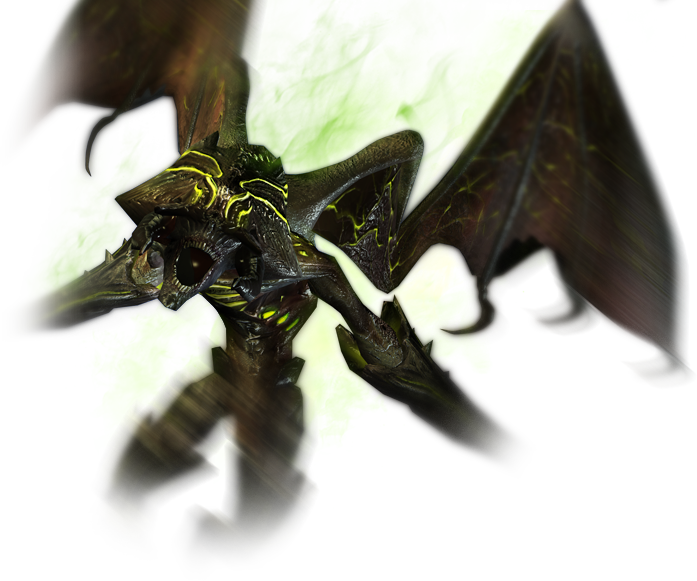Remnant 2 Review: More Than Just a Fresh Coat of Paint?
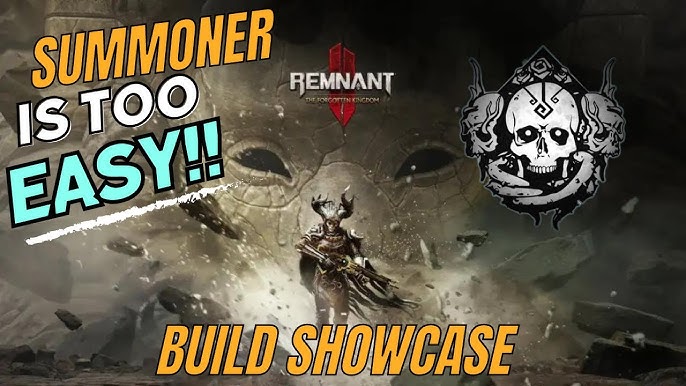
Remnant: From the Ashes surprised a lot of people. A Souls-like with guns? Sure, why not. But it was rough around the edges. Now, Gunfire Games is back with Remnant 2, promising a refined experience with a bold new archetype system and even more unpredictable worlds thanks to procedural generation. As a XenGamer.com vet, I'm here to tell you if Remnant 2 sticks the landing or trips over its own ambitions. Buckle up, PC gamers, because this one’s a wild ride.
Gameplay & Mechanics: Archetypes Evolved (or Not?)
The archetype system is Remnant 2's core innovation. Forget rigid classes; you choose an archetype that dictates your starting equipment, skills, and a unique trait. But the real magic happens when you unlock the ability to equip a second archetype, creating hybrid builds.
Archetype Synergy: Hitting the Sweet Spot (and the Misses)
The dual-archetype system, at its best, allows for some seriously satisfying combinations. Gunslinger/Hunter is a classic ranged DPS powerhouse, stacking critical hit chance and damage. The Gunslinger's "Bullet Storm" ability, which unleashes a hail of gunfire, benefits greatly from the Hunter's mark, increasing damage against weak spots. Medic/Handler provides excellent survivability and team support. The Medic's "Wellspring" skill providing a persistent healing aura, combined with the Handler's ability to summon a support dog, makes you incredibly difficult to take down, enabling you to keep yourself and your teammates alive.
However, not all combinations are created equal. Some archetypes just don't synergize well. For instance, trying to combine Challenger (melee focus) with Handler (support focus) feels clunky. The Challenger wants to be in the thick of the fight, while the Handler's dog is better suited to a more tactical, mid-range approach. The synergy of skills just isn't there, leading to a less effective build. The effectiveness depends highly on the player's understanding of the strengths and weaknesses of the different archetypes. Remnant 2 Best Archetype Combinations are often based on community-discovered synergies.
Archetypes vs. the Competition: Diablo IV & Elden Ring
How does Remnant 2's archetype system stack up to Diablo IV's class system? Diablo IV provides a broader skill tree, Remnant 2 Build Variety comes from the unexpected synergy of two very different play styles. The archetype system certainly encourages experimentation, pushing you to try combinations you might not have considered initially.
Compared to Elden Ring's stat scaling, Remnant 2 largely avoids the trap of "soft caps." While some stats have diminishing returns, the focus on archetype perks and skill synergies means you're not punished as harshly for over-investing in a single attribute.
Ultimately, the archetype system is a step forward. It encourages experimentation, offers meaningful choices, and avoids some of the pitfalls of traditional class systems.

Narrative Analysis: Worlds Within Worlds
Remnant 2 embraces non-linear world design, amplified by procedural generation. Each playthrough throws you into a different permutation of worlds, events, and even narrative threads. You might start in a medieval kingdom, only to find yourself transported to a bizarre alien jungle in the next run.
Procedural Generation: Boon or Bane?
The procedural generation does enhance replayability. Knowing there's always a chance to experience something new keeps you coming back for more. Discovering hidden areas, lore fragments, and secret encounters is genuinely rewarding.
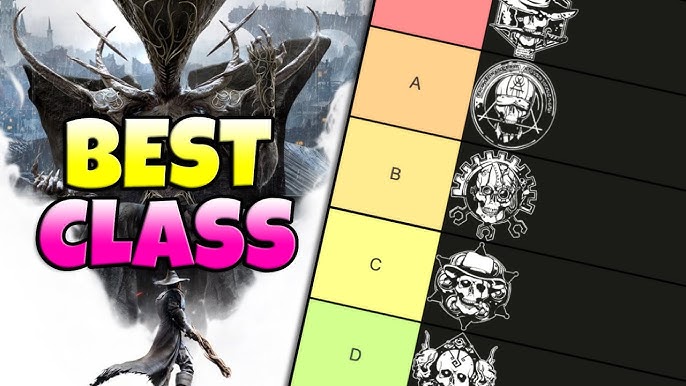
But let's be real: procedural generation isn't a magic bullet. Remnant 2 doesn't quite achieve the same level of interconnectedness as Dark Souls. The sense of deliberate world design, where every pathway feels intentional, is diminished by the random nature of the world generation. While the game does reward exploration, the feeling that the world was designed, and not randomly assembled, is less potent.
Environmental storytelling can also suffer. Sometimes, visual cues contradict the established lore, creating jarring moments that break immersion. A dilapidated, fungus-choked village makes sense in a swamp, but less so in a pristine forest (hypothetically, I didn’t see that particular issue). However, the procedural generation generally adds to the mystery and intrigue. Stumbling upon a sun-drenched desert oasis in one playthrough, and a nightmarish, industrial complex in the next, keeps things fresh and unpredictable. This answers How does Remnant 2 procedural generation work? - by changing world layouts and events.
Graphics: Procedurally Stunning (Mostly)
Remnant 2's graphics are a significant step up from its predecessor. The procedural generation techniques create diverse and visually distinct environments.
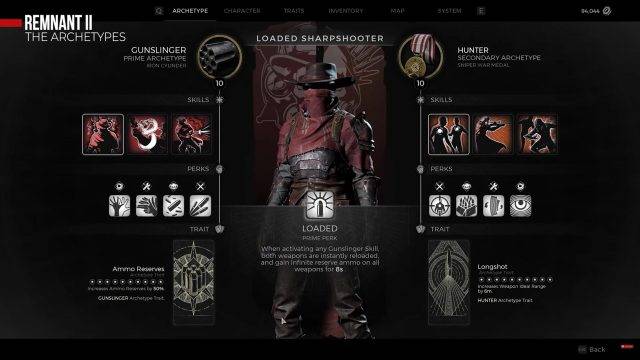
The level of detail within these generated spaces is impressive. The game avoids the repetitive asset reuse that plagued No Man's Sky at launch. Locations feel hand-crafted, even though they're assembled algorithmically. A swamp cloaked in perpetual twilight, with bioluminescent flora casting an ethereal glow, is truly stunning. The particle effects and lighting contribute significantly to the atmosphere. Volumetric god rays piercing through dense foliage and sparks showering from impact during intense firefights are visual highlights.

PC Performance: Optimization Woes
Now for the bad news. Remnant 2's PC performance is… problematic.
I tested the game on a Ryzen 5600X and an RTX 3070. At 1080p, even with medium settings, I experienced noticeable frame drops during intense combat scenarios. Remnant 2 RTX 3000 FPS Drops are a real issue. On a Ryzen 5600X, CPU utilization often spiked to 100% on several cores during heavy combat. Turning shadows down to low yielded the most significant performance improvement, gaining me roughly 10-15 FPS compared to Ultra settings. Textures had a negligible impact, while lowering particle effects provided a more modest boost.

The game does scale somewhat with CPU core count. The 5900X offered a more stable frame rate in demanding situations, but even with the extra cores, stuttering was still present. I also tested the game with 3200MHz and 3600MHz RAM. The Remnant 2 Ryzen 5000 Performance did see a slight improvement, around 3-5 FPS on average, with the faster RAM. But it wasn’t a game changer.
Stuttering and frame drops were frequent, especially in densely populated areas or during boss fights. This answers the question Is Remnant 2 CPU Bottlenecked? - yes, very much so.
Remnant 2 Optimized PC Settings: Start with medium and drop shadows, and possibly particles, to low.
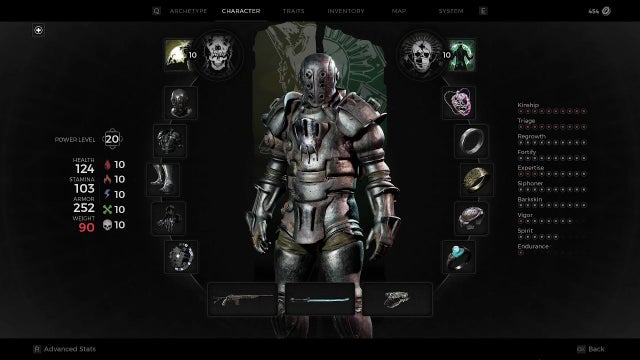
Overall Experience: A Promising, but Flawed, Gem
Remnant 2 has a lot going for it. The archetype system is genuinely innovative, and the procedural generation creates a compelling gameplay loop with significant replayability. The combat is tight and satisfying, and the world design (when it works) is breathtaking. The non-linear story adds significant mystery.
However, the PC performance issues are a major problem. The stuttering and frame drops detract significantly from the overall experience. The game needs serious optimization to run smoothly on mid-range hardware. The Remnant 2 Performance Issues PC really hold the game back.
Does Remnant 2 improve upon its predecessor? Yes, it refines the core mechanics and attempts to address previous shortcomings. While the archetype system and procedural generation do address complaints of repetition, the core gameplay loop still involves shooting hordes of enemies and exploring procedurally generated environments.

Remnant 2 will appeal most to fans of Dark Souls, Borderlands, and Diablo who enjoy challenging combat, loot-driven progression, and cooperative gameplay. If you can tolerate the performance issues, or if you have a high-end PC, there's a lot to love here.
Remnant 2 is a good game, hampered by optimization issues. I’m hopeful that Gunfire Games will address these problems with future patches.
Final Verdict: 7.5/10
